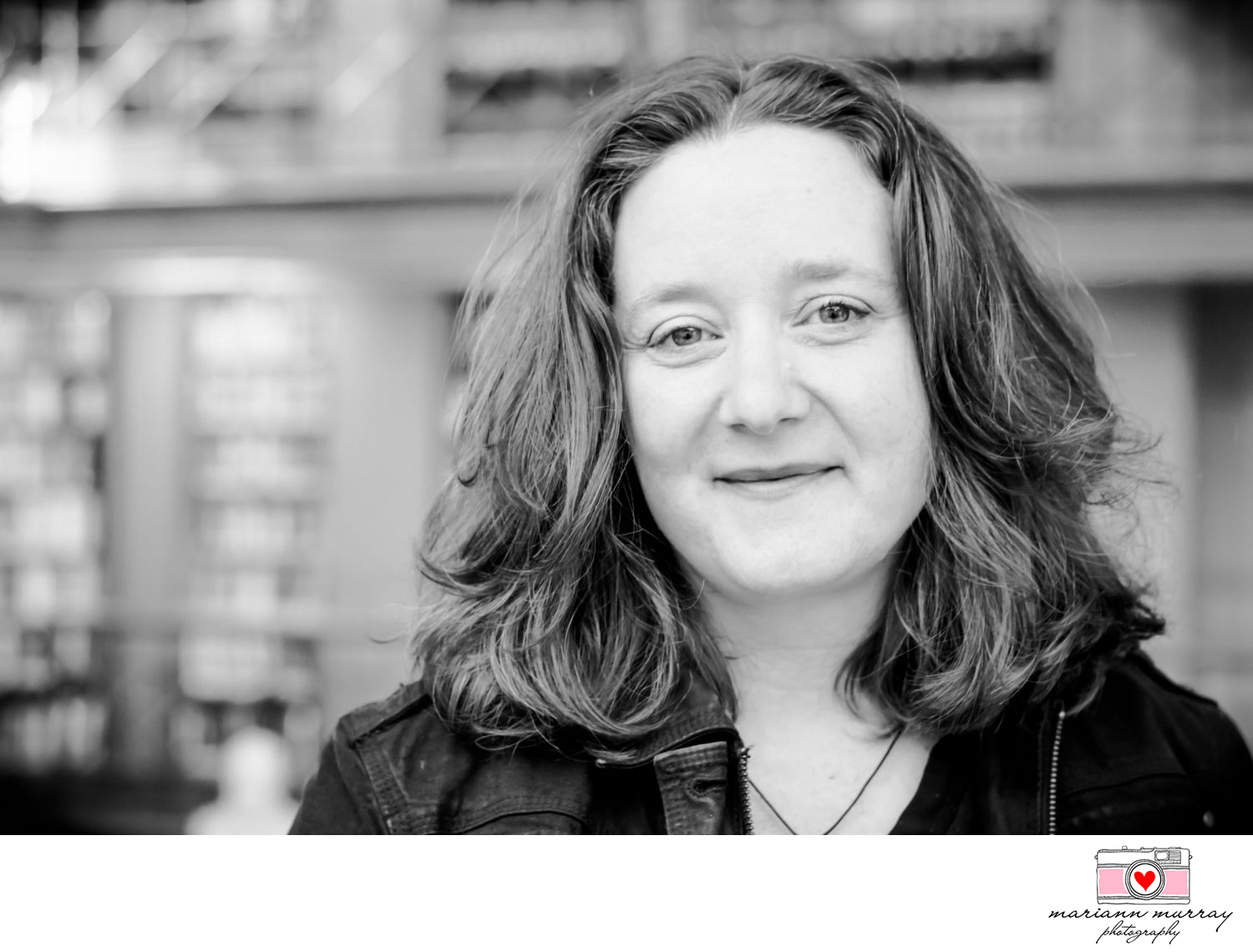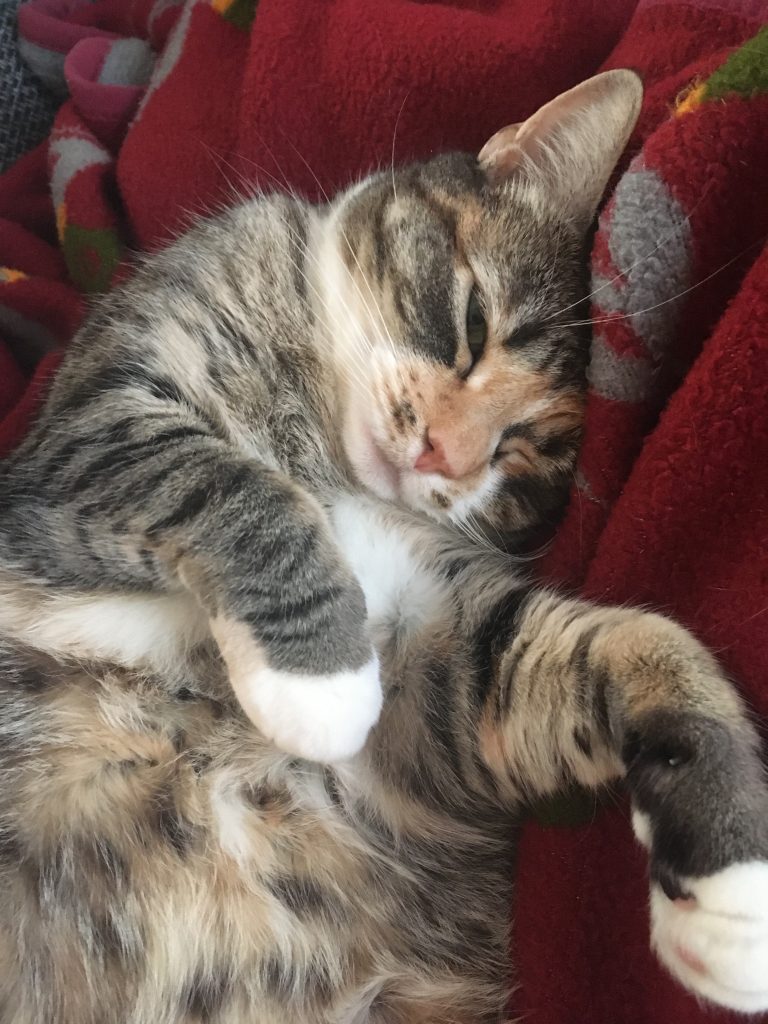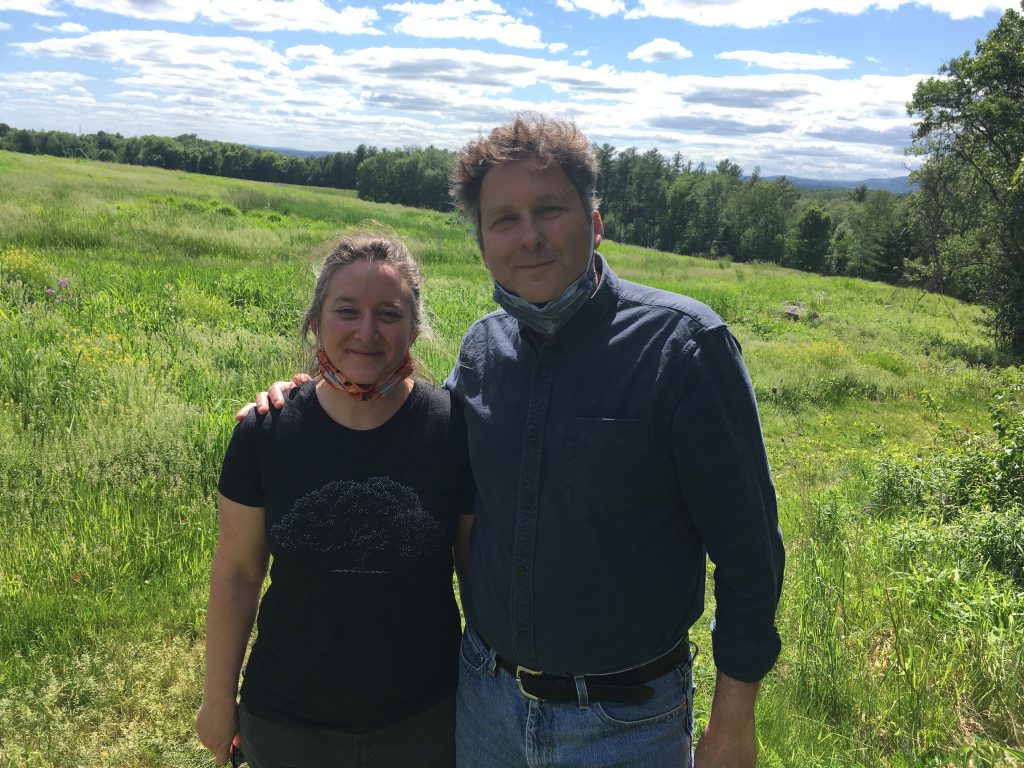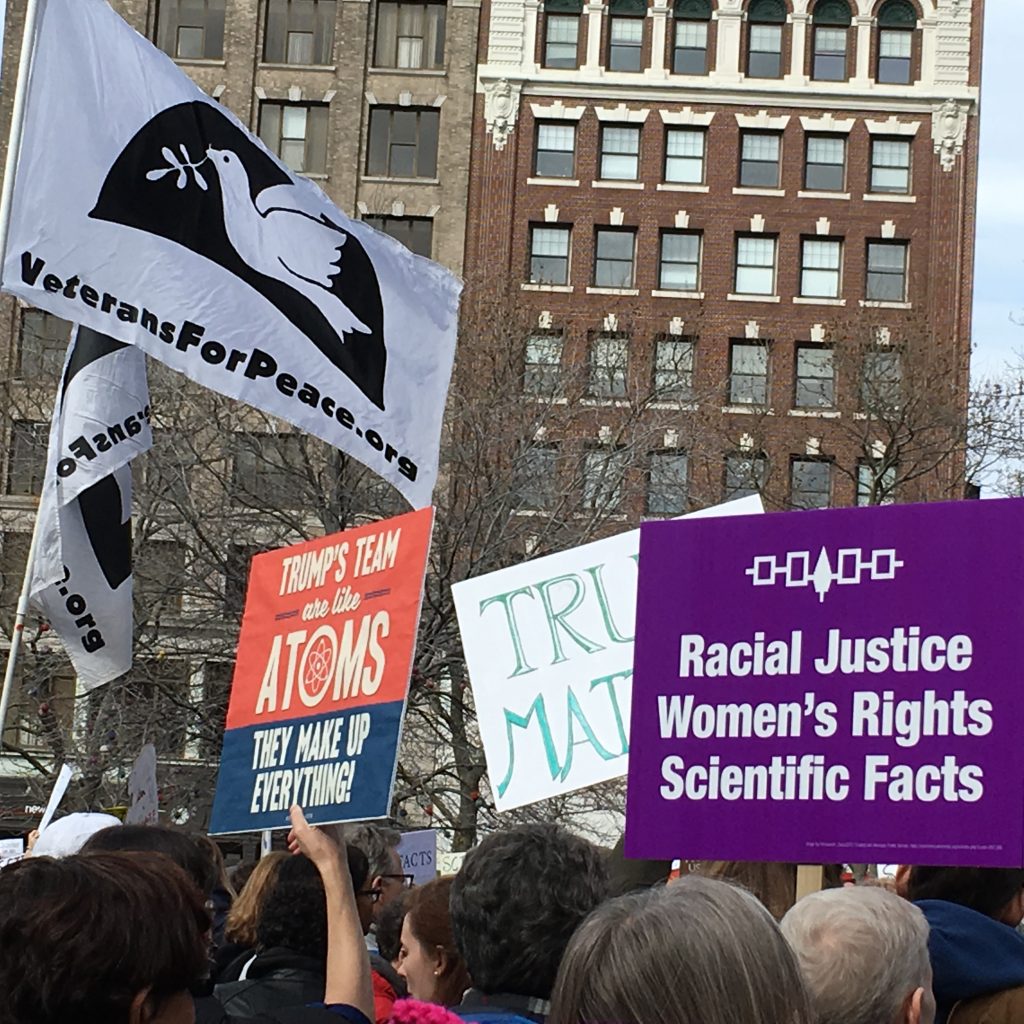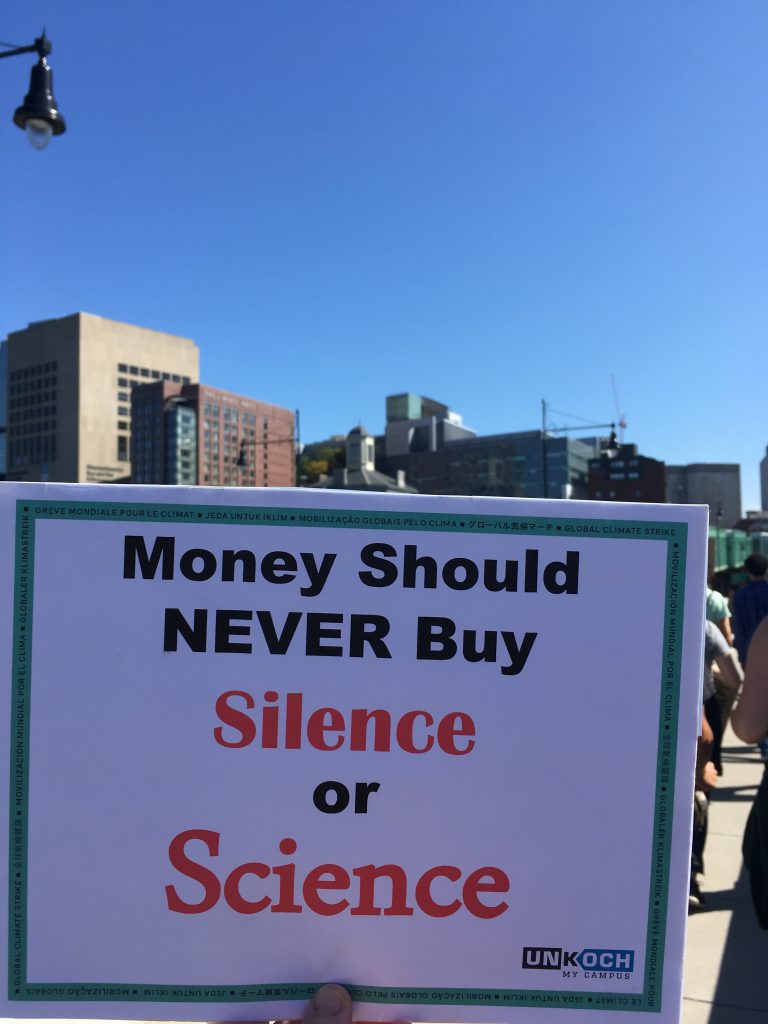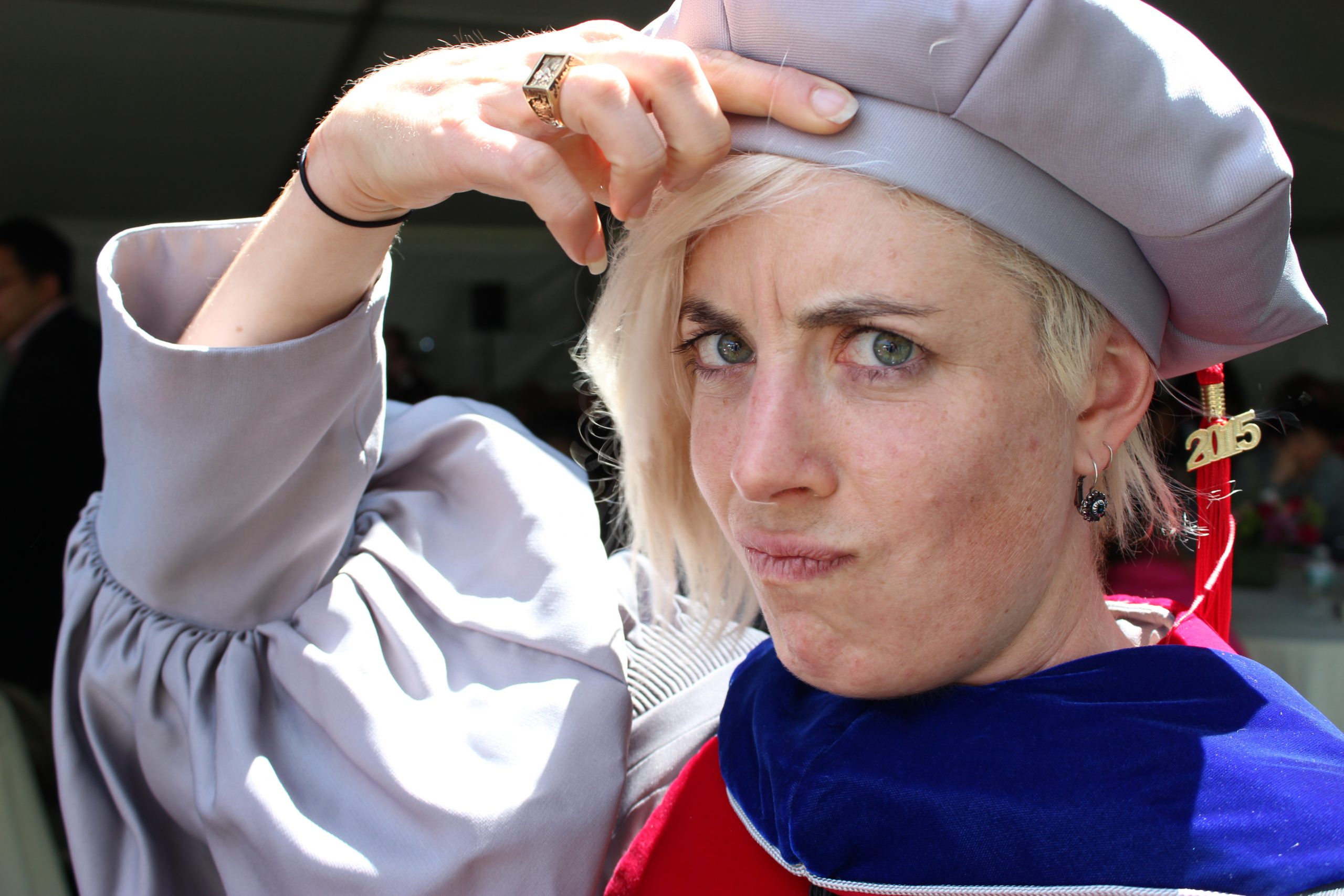- How are you doing?
That question sparks a bit of an existential panic these days. How am I doing? All operating systems appear to be online today. Family unit is intact. Cats are still purring. I guess I’m good. Thanks. How are you? - What are you most grateful for these days?
That my three boys are old enough to understand what is happening—as much as anyone can understand it—and that we are together and can experience this all as a family. I really feel for those who have little ones to wrangle and entertain, and even more for families who are separated during such uncertainty and fear. - What’s something new you discovered about yourself these past days, weeks, months?
If something has cinnamon in it or on it or near it, I’ll eat it. - What book/books impacted you the most as an adult?
Any book—fiction or non—that exposes systemic inequality and inspires through individual curiosity, humor, and tenacity.
Non-fiction:
Ingrid Rowland’s biography of the 16th century Italian humanist Giordano Bruno
Narrative of the Life of Frederick Douglass, an American slave
Paul VanDevelder’s Coyote Warrior, a history of legal battles between the Mandan, Hidatsa and Arikara tribes and the United States
Hallucinations and The River of Consciousness by neurologist Oliver Sacks
Well-Behaved Women Seldom Make History by Laurel Thatcher Ulrich
The Gene by Siddhartha Mukherjee
We Are Amphibians: Julian and Aldous Huxley on the Future of our Species by R. Sam Deese
Novels:
Northanger Abbey, Jane Austen
A Tale of Two Cities, Charles Dickens
Slaughterhouse-Five and Cat’s Cradle, Kurt Vonnegut, Jr.
Octavia Butler’s Xenogenesis trilogy
Suzanne Collins’ Hunger Games trilogy
Flight Behavior, Barbara Kingsolver
The Water Knife, Paolo Bacigalupi
New York 2140, Kim Stanley Robinson
I have a feeling the book I’m reading right now will make the list too: The Overstory by Richard Powers. - What influenced you to choose your careers?
My mother is a visual artist and my father is an engineer, so writing was a natural result of that combination starter kit. I’ve always been drawn to dialogue, so I became a playwright and screenwriter.
Sam and I relocated to Los Angeles shortly after we got married, and the next several years were marked by highs and lows while I tried to sell my scripts to Hollywood. My experiences ranged from the comically stereotypical to the down-right disturbing. Enough said about that.
I was hit hard by the reality that the odds were against an outsider like me who wrote procedurals, action/adventure, and sci fi. At the time, a more traditional entry into that world—maybe even more so for a female writer—was to become an admin at a production company or agency to learn the business and to network. I decided against that, for the simple reason that I didn’t want my work experience to be narrow. Considering this account on the podcast Scriptnotes of the increasingly failing success rate of that route, I think I made the right call.
Leaving L.A. did not mean I gave up on my dreams. I aimed to continue to create and grow into my own distinctive voice, while working somewhere that informed my writing. I found my home at MIT, and the world here is far from narrow. - How long have you been working at MIT and BE?
I started working at MIT in 2002 and helped start up the Deshpande Center in SoE. When I had my second child in 2004, I became part-time and was welcomed into the BE admin staff. I’ve been a happy camper ever since. - What’s your favorite spot on MIT campus and why?
The Stata Center’s giant chalkboards always make me smile, especially when the students show their artistic side. They are a nice complement to the mementos of classic on-campus hacks on display: the MIT police car atop the dome and the water fountain attached to a fire hose. - You helped coordinate one of the first iGEM synthetic biology competitions at MIT. What was the most challenging and rewarding part of this process?
Every event has its challenges, and iGEM grew exponentially each year. It was a lot of work, but it gave me a front-row seat to ground-breaking research projects from teams around the world. It was inspiring to see those young people propose bioengineering solutions to some of the world’s greatest problems, while keeping a focus on biosafety and ethics.
Natalie Kuldell founded the BioBuilder Educational Foundation to further engage with high schools, middle schools, and community colleges to bridge the knowledge gap in science education, and she invited me to be a founding Board member.
The first synthetic biology unicorn Ginkgo Bioworks had its roots in iGEM, too, and I was honored to work with them during their exciting start-up period. Go Ginkgo!
All this early exposure to this evolutionary new technology inspired a writing project I’m still developing. My fiction podcast called “The Sequence” is about two teams of synthetic biologists, racing to find the rarest DNA found in nature to analyze its place in life’s history in order to be the first to synthesize it.
I pitched the idea as a TV series to Hollywood producers years ago at Vertigo, Todd Phillips’ company, and several others, but no one was receptive at the time. Just looking at the popularity and growth of the iGEM competition proves that bioengineering is by no means a new technology, but to those outside of the field, it’s still a very foreign idea—one that only generates horror movies. It’s the Frankenstein curse. If a technology has to do with biology, it must be bad.
What interests me most about bioengineering and the future of humanity is the idea of ownership and how that is evolving in our courts and corporations. That ongoing conflict is a recurring theme in my work and was the genesis for my Roan and Judge adventure novels, published by Pelekinesis Press, Right of Capture and Riven’s Path.
iGEM inspired me to write about the world of synthetic biology in a nuanced and exciting way, and that alone is a great reward. - What is the best part of your job at BE?
That’s an easy answer: the people! I’m lucky enough to have two offices, one in building 76 and one up at Tech Square, so I have an even bigger bubble of friends and colleagues in BE. - When did you first realize you wanted to be a writer?
I wrote my first story at the age of six and never stopped writing. Well, that’s not exactly true. In 2009, after the financial crisis of 2008, my husband and I had six jobs between us and three children—one of them a newborn—so for that year I didn’t write at all. No time for it. After that forced hiatus came to an end, the Roan and Judge novels started pouring out of me. - Who is your favorite fictional character that you created and why?
I recently wrote a play “Monsters in the Sewer!” about the 1976 Cambridge hearings on recombinant DNA and irrational—but commonplace—fears about biotech. Writing the character Spofford Mills, a Harvard Lampoon writer I created for the play, was the most fun I’ve had in a long time. Spoff’s outrageous interactions with Cambridge Mayor Al Vellucci the day before the hearings are intertwined with very serious encounters with scientists from both sides of the debate on rDNA research. Discovering this fictional character was the key to finally writing about this historical event, which I’ve been itching to do since Drew Endy and Natalie Kuldell first brought it to my attention nearly 15 years ago. I had interviewed Biology Prof Maurice Fox back then about his first-hand knowledge of the hearings, and that interview also led me to a key fictional plot point for the play. Prof Fox passed away earlier this spring, and I have dedicated the play to him and his wife Sally. - How did you become involved with co-creating the “Adventures in Synthetic Biology” comic book?
Drew Endy was the first professor I assisted in BE, and “Adventures in Synthetic Biology” was his brainchild. He’d never written a comic before, and neither had I, but when he asked for my guidance with the process of creative writing, I gave it. I introduced him to Chuck Wadey, an amazing artist and friend from Los Angeles, who illustrated for video games. The Synthetic Biology Working Group comprised several members of the Endy lab and other BE labs, and they provided input to the comic as well. The first synthetic biology comic was ultimately a team effort—an engineering project with multiple creatives behind it with Drew at the helm—and Chuck’s art brought it all to life in an amazing way. - What’s the best piece of advice you’ve ever received?
My mother advised that becoming defined by a particular style or genre can be limiting to an artist, because change is as key to art as it is to life. While it’s rarely the artist who sets them, limitations can still be impossible to breach. Commercial success for an artist can therefore be a curse in that way. I’d like the opportunity to challenge that theory someday. - If you could meet any person in the world (past or present), who would that person be and why?
Octavia Butler. She wrote powerful and engaging sci fi, and her prophetic vision of our future still somehow retained hope that change for good was possible. And she was successful. I would like to know how she thread that needle, staying true to herself and her characters while managing to carve out a sustainable career as a full-time writer, when so much was stacked against her. And I would love to hear what she thought about our current struggles. No doubt, she would have a lot to say that we would all need to hear. - What are your top five favorite movies of all time?
To Kill a Mockingbird
Alien
Do the Right Thing
Contact
October Sky - Where’s your favorite place in the world?
I’m going to cheat and give two places. The Old North Bridge in Concord, MA, because Sam asked me to marry him there; and My Old Kentucky Home State Park in Bardstown, KY, because that’s where we were married. - What or who inspires you the most?
Immigrants inspire me, now more than ever. Sam and I moved cross country a couple of times, once as newlyweds and once with a one-year-old and a cat. Both moves left us exhausted and in debt. We know how scary it is to uproot and hope to land somewhere new to make a home, but that is nothing compared to what many immigrants face, especially if they are refugees forced to flee their homes due to environmental catastrophe, economic collapse, abuse, or war. - We added a playlist feature to BElong, do you have one you’d like to share? If not a playlist, a song you have on repeat?
Soundtracks are a huge part of my love of movies, so here is a soundtrack for my current coping mechanisms. Observe. Introspect. Laugh. Love. Repeat. - Do you have any causes you’d like to call to our attention?
Appalachian Citizens’ Law Center
“The Appalachian Citizens’ Law Center is a nonprofit law firm that fights for justice in the coalfields by representing coal miners and their families on issues of black lung and mine safety and by working with grassroots groups and individuals to protect the land and people from misuse and degradation caused by extractive industries.”
Native American Rights Foundation
“Since 1970, NARF (a 501c(3) nonprofit) has provided specialized legal assistance to Native American tribes, organizations, and individuals nationwide.”
Grand Canyon Trust: Bears Ears National Monument
“When President Obama designated Bears Ears National Monument in December 2016, protection for the region was long overdue. Monument protection for southeast Utah had been considered since the 1930s, but it took the coordination, persistence, and sovereign status of five Native nations for the Bears Ears Inter-Tribal Coalition to ultimately gain protections for 1.35 million acres of their ancestral homelands.
Less than a year later, President Trump ignored overwhelming public support for Bears Ears and slashed the monument by 85 percent. We’re challenging his reductions in court and are committed to restoring Bears Ears National Monument’s original boundaries.” - Can you suggest another BE community member to ask the 20 questions?
I’d like to know more about just about everybody! BE is an outstanding group.
That’s the great thing about people: each of us has a story to tell.
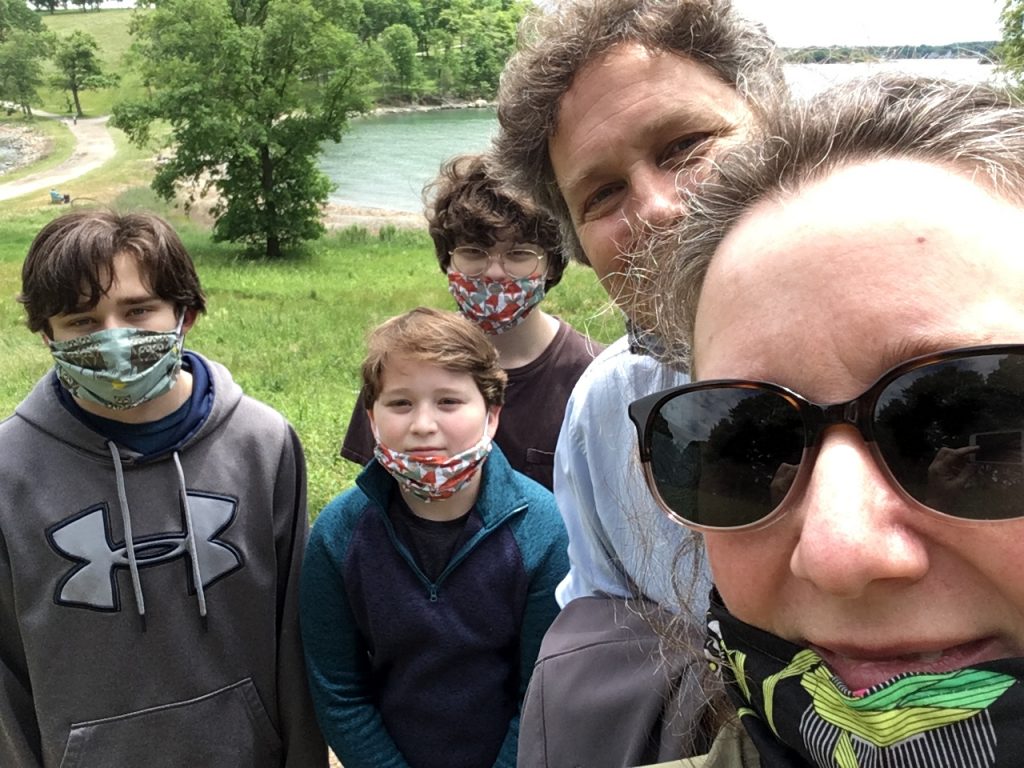
Isadora is Administrative Assistant II to Professors White, Voigt, and Birnbaum. These 20 Questions were prepared by Irina Singh, the BE Human Resources Coordinator. The headshot of Isadora was taken by photographer Mariann Murray who is Administrative Assistant II to Professors Irvine, Manalis, and Wittrup.
The BElong team is grateful for Irina’s thoughtful questions and Isadora’s candid answers. We are all lining up eagerly to await the arrival of Isadora’s podcast, “The Sequence”!
